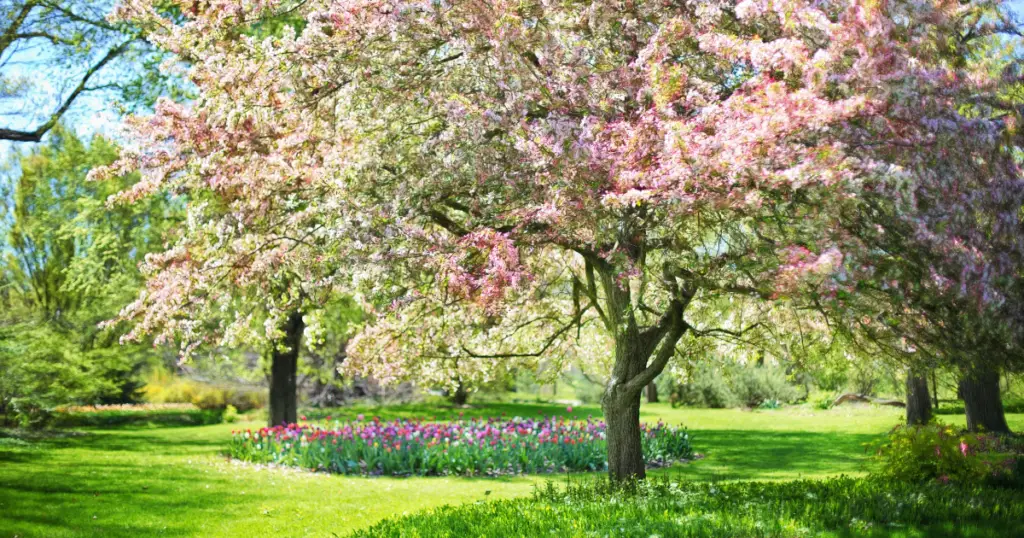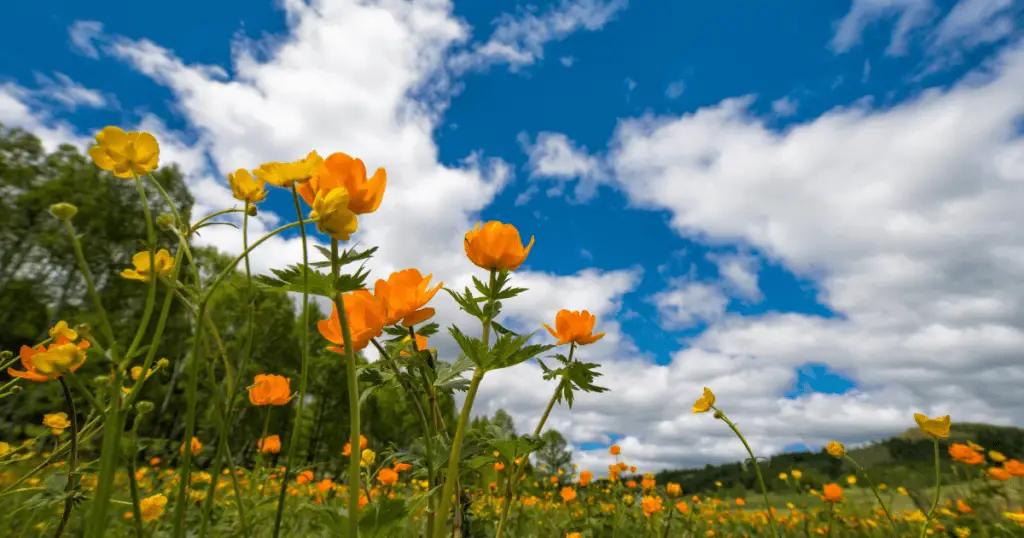

First Day of Spring 2024, on Tuesday, March 19th, 2024, a subtle shift takes place in our world. The Earth’s tilt and its journey around the sun align in a specific way, marking the official arrival of spring in the Northern Hemisphere.
This astronomical event, known as the vernal equinox, signifies a turning point in the seasons. We bid farewell to the slumber of winter and embrace the promise of warmer days, longer nights, and nature’s vibrant awakening
The word “equinox” comes from the Latin words “aequus” (equal) and “nox” (night). Thus, the vernal equinox literally translates to “equal night.” During this astronomical event, day and night are roughly equal in length all over the world. The sun crosses the equator, making its path directly overhead at the equator.
This astronomical phenomenon signifies the official arrival of spring in the Northern Hemisphere and autumn in the Southern Hemisphere. For many, the vernal equinox, which fell on Tuesday, March 19th, 2024, serves as a symbol of hope, renewal, and the promise of warmer days ahead.
Traditionally, many associate the first day of spring with March 21st.
The exact date of the vernal equinox can vary slightly from year to year, falling anywhere between March 19th and March 21st. In 2024, spring officially arrives on Tuesday, March 19th, at 11:06 PM EDT (Wednesday, March 20th, at 4:06 UTC).
But what exactly causes the vernal equinox? Let’s delve into the fascinating science behind this seasonal shift.
Earth’s Tilt and the Sun’s Path: Our planet isn’t perfectly upright on its axis. It’s tilted at an angle of roughly 23.5 degrees. This tilt, combined with Earth’s year-long orbit around the sun, creates the changing seasons. During the vernal equinox, the sun crosses the equator, making day and night roughly equal in length across the globe.
Equal Day and Night: A Momentary Balance: While the term “equinox” literally translates to “equal night,” it’s important to note that this perfect balance is fleeting. Daylight hours will continue to lengthen in the Northern Hemisphere after the equinox.
Why Does the Date Fluctuate?: The exact date of the vernal equinox can vary slightly from year to year, typically falling between March 19th and 21st. This variation stems from the fact that Earth’s orbit isn’t a perfect circle, but slightly elliptical.
While the official start date is exciting, the true magic of spring lies in the subtle and not-so-subtle changes happening around us. Here are some signs that spring is in the air:

Lengthening Days: As the Earth tilts further towards the sun in the Northern Hemisphere, daylight hours gradually increase. We start to see the sun setting later and rising earlier, a welcome change from the shorter days of winter.
Blooming Flowers: One of the most joyous signs of spring is the explosion of color in our gardens and landscapes. Daffodils, tulips, hyacinths, and many other flowers burst forth with vibrant hues, painting a scene of renewal.
Warming Temperatures: The cold grip of winter loosens, replaced by a gentle warmth. We can shed heavy coats and embrace lighter clothing, enjoying the refreshing spring air.
Returning Wildlife: Birdsong fills the air as migratory birds return from warmer climates. Bees buzz around newly blooming flowers, and butterflies add their touch of beauty to the awakening landscape.
Sap Rising: Trees come alive with the movement of sap, preparing to produce leaves and flowers.
The arrival of spring has been celebrated for centuries across cultures. Here are some ways you can mark this special occasion:
Spring Equinox Rituals: Many cultures have rituals associated with the spring equinox. Some light bonfires to symbolize the burning away of winter and the welcoming of new beginnings. Others plant seeds or tend to gardens, making a connection with the fertile energy of the season.
Outdoor Activities: With the arrival of warmer weather, spring is an ideal time to embrace the outdoors. Go for a hike, have a picnic in the park, or simply enjoy a walk in your neighborhood and soak up the sunshine.
Spring Cleaning: Spring is a natural time for renewal, both inside and out. Tackle that long-overdue spring cleaning project, declutter your home, and create a fresh space for the new season.
Spring Festivals: Around the world, various spring festivals celebrate the season’s arrival. From the vibrant Holi festival in India to the traditional Japanese flower viewing (Hanami), there are many ways to immerse yourself in the cultural significance of spring.
When is the first day of spring in 2024? What to know about the vernal equinox
Who was Sophia Leone?: Adult Film Actress Found Dead